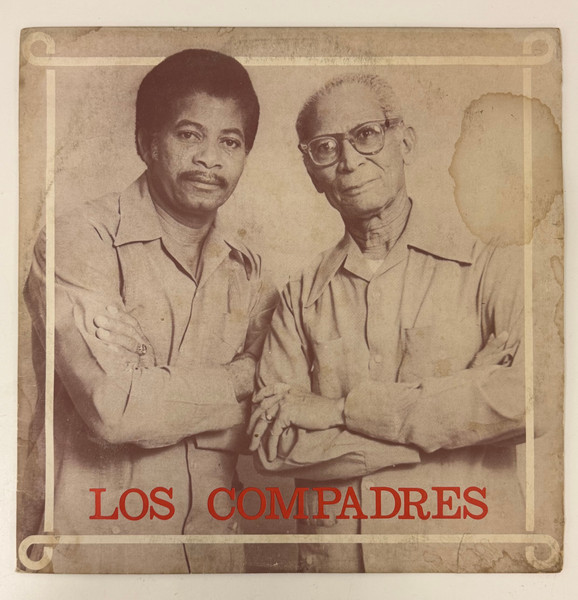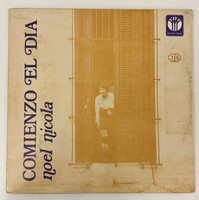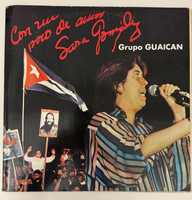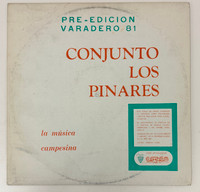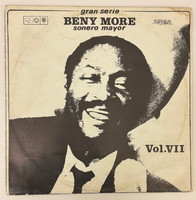- Travel
-
Exhibits
- La Portada Cubana
- Immortal Cuba: Artists Take on Their Heroes
- Seattle Poster Exhibit
- Sandra Dooley & Alejandrina Cué
- The Art of Wayacón
- Cuban Folk Art
- Cuba In Black And White
- 25 Years of Cuban Art Space
- Summer Folk Art Expo
- ¡SPRING AWAKENING FROM CUBA!
- Celebrating The Art Of Cuban Women
- Celebrating Paper, Affordable Art from Cuba
- Art of the Revolution
- Outsider Art
- Lost and Found
- En la lucha: Celebrating Cuban Women and Their Art
- Cuban Art Stash
- 100 Fires: 5 Cienfuegos Artists' Work on Paper
- Waya + Monte! Magic Realism in Cienfuegos
- Viva Cuba Viva! Poster Show
- Cultivando Sueños
- Black Lives Matter in Cuba Jan 9-March 27
- Leandro Soto: Crónicas visuales
- Cuban Canvas
-
Archive
- Global Reflection 2018: Spirit and Community
- Exhibit in the cloud: Contemporary Works on Paper
- MADE IN CUBA! MINNEAPOLIS EXHIBIT
- Cuban Posters and Photography from CCS collection
- AUTUMN SALE! Sept/Oct 2017
- SPRING ARTS AND CRAFT SALE
- Vuelo Directo/Non Stop: Alberto & Alejandro Lescay
- The Many Faces of Fidel
- Somos
- Made in Cuba!
- The US empire in Cuban graphics
- Made in Cuba/Seattle exhibit
- Entre Nos
- Looking Back
- Cuban Art Space
- Membership/Donate
- About Us
- Cuba News
-
José M. Villa's cover design for "Llegaron Los Compadres" employs a striking sepia-toned photograph that emphasizes camaraderie and solidarity through the image of two men in military-style uniforms shaking hands. The photograph is framed by a simple white border with rounded corners, giving it the appearance of a cherished vintage document or treasured memory. The title "LOS COMPADRES" appears in bold red serif typography at the bottom, the only color element in the otherwise monochromatic composition. The aged, weathered quality of the image suggests both nostalgia and endurance, while the formal handshake symbolizes the deep bond between the two brothers who formed this legendary duo.
The back cover features an equally powerful design: cream-colored silhouettes of two figures in profile facing each other against a dark burgundy background, creating negative space between them that draws the eye to their connection. This elegant graphic solution continues the theme of partnership and dialogue established on the front cover.
Los Compadres, formed by brothers Lorenzo and Reinaldo Hierrezuelo in 1955, became one of Cuba's most beloved traditional music duos. They achieved their first international success in Peru in 1961, receiving a Gold Disc, and represented Cuba at the XII Festival de Sopot, Poland in 1972. Throughout the 1970s, they performed internationally—in Sweden, the International Trade Fair, and throughout the Soviet Union, Spain, Japan, and France—where they were warmly received by both public and critics. In 1980, they participated in the Third Festival of Afro-Antillean Music in Mexico.
Their repertoire included sones, guajiras, boleros, and even the classic pregón "El manisero" by Moisés Simons. Lorenzo specialized in son montuno while Reinaldo excelled at guaracha, and their signature compositions included "Caña Quemá" by Lorenzo and "Hay Compadres para rato" by Reinaldo. Released by EGREM on the Areito label around 1980, this album showcases the duo's distinctive style—steeped in the musical traditions of Santiago de Cuba and the eastern provinces—which combined masterful musicianship with humor and an easy rapport with audiences. The album's design perfectly captures the essence of their enduring partnership and their place in Cuban musical heritage.
-
-
Discover More at the Center for Cuban Studies

